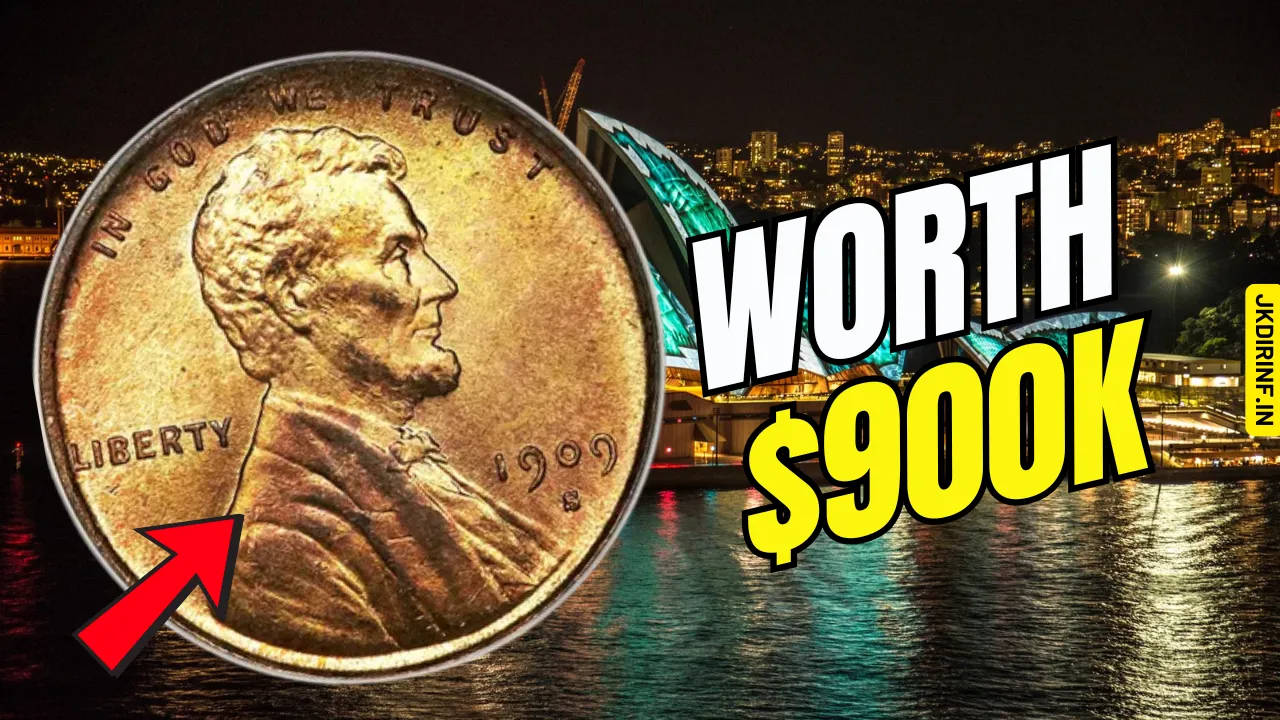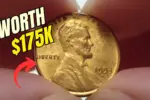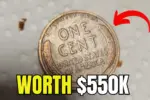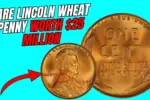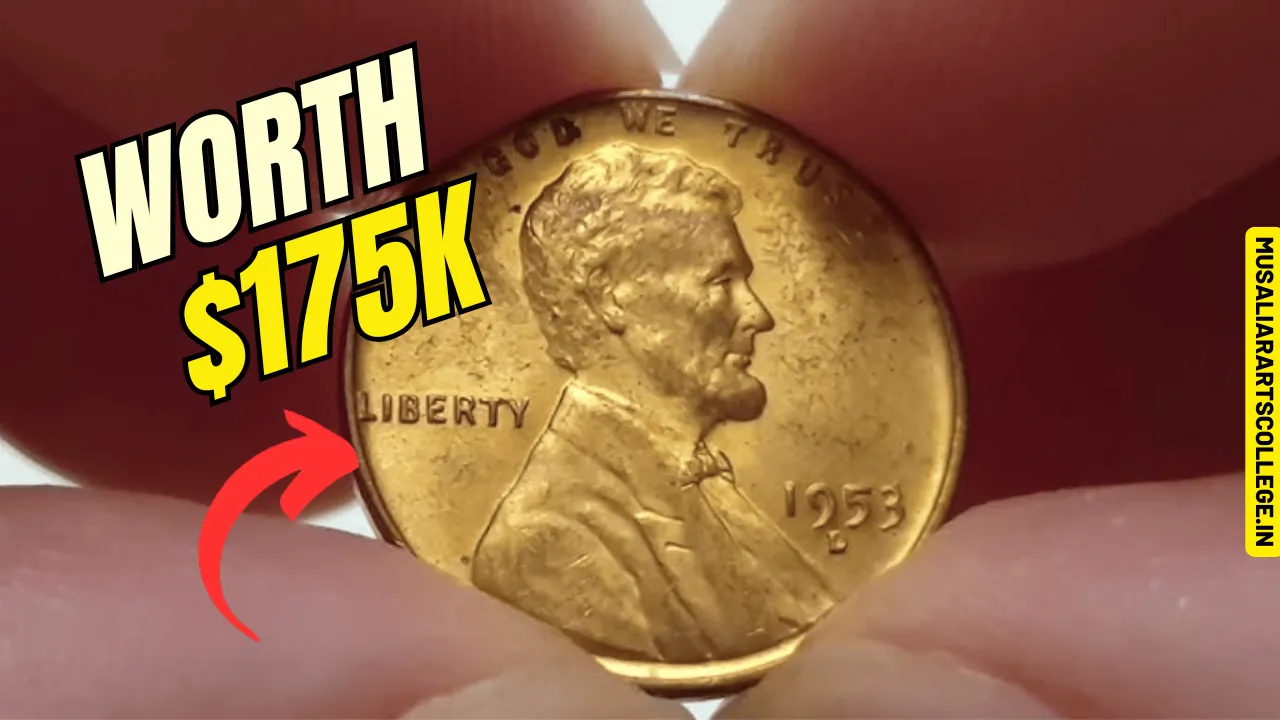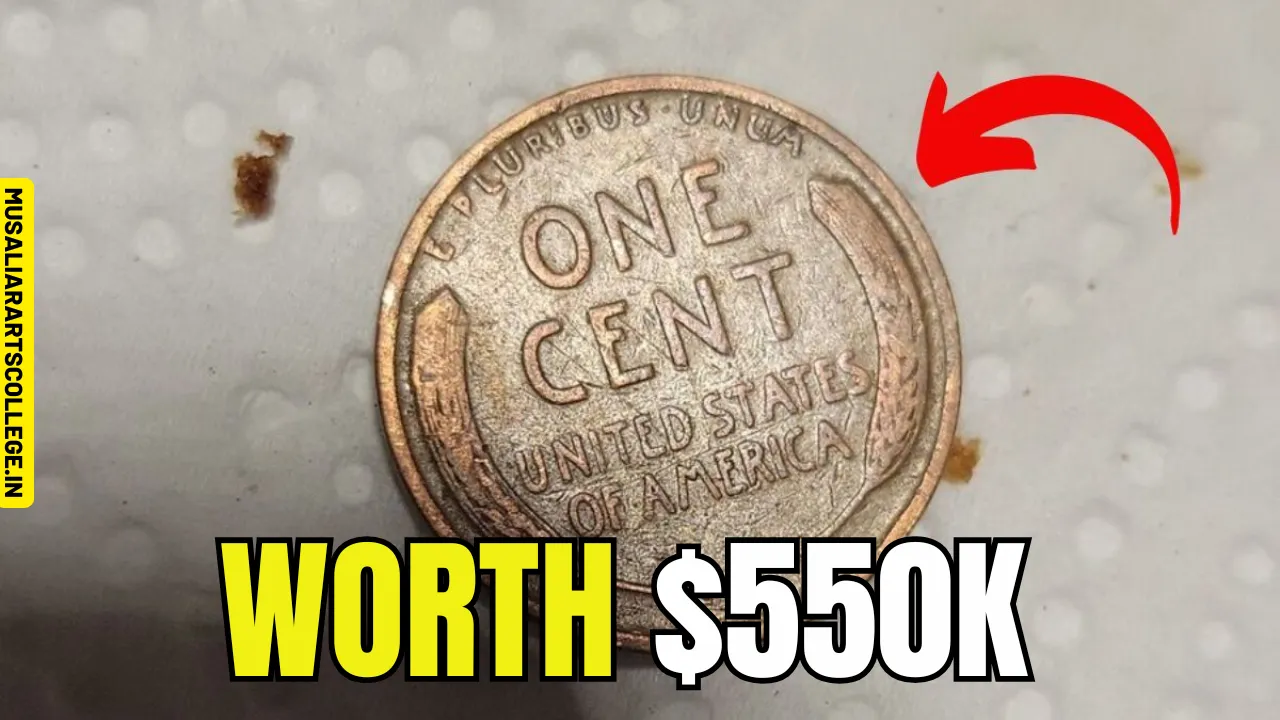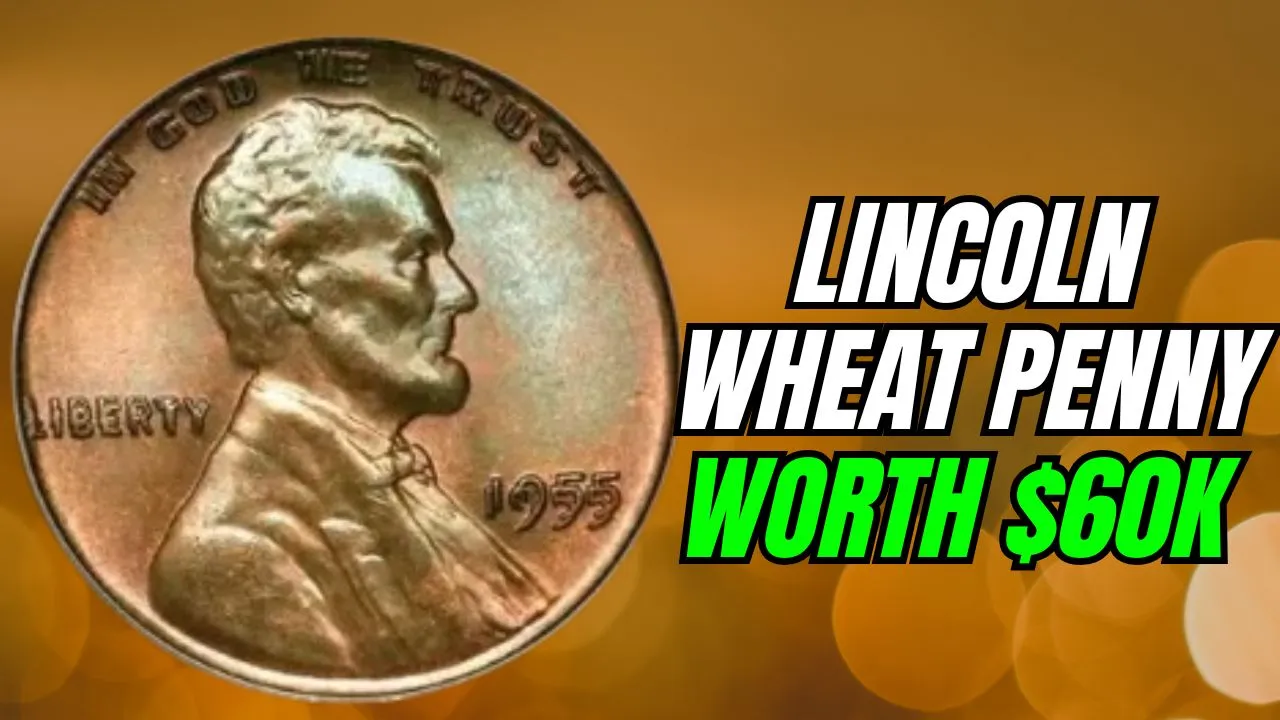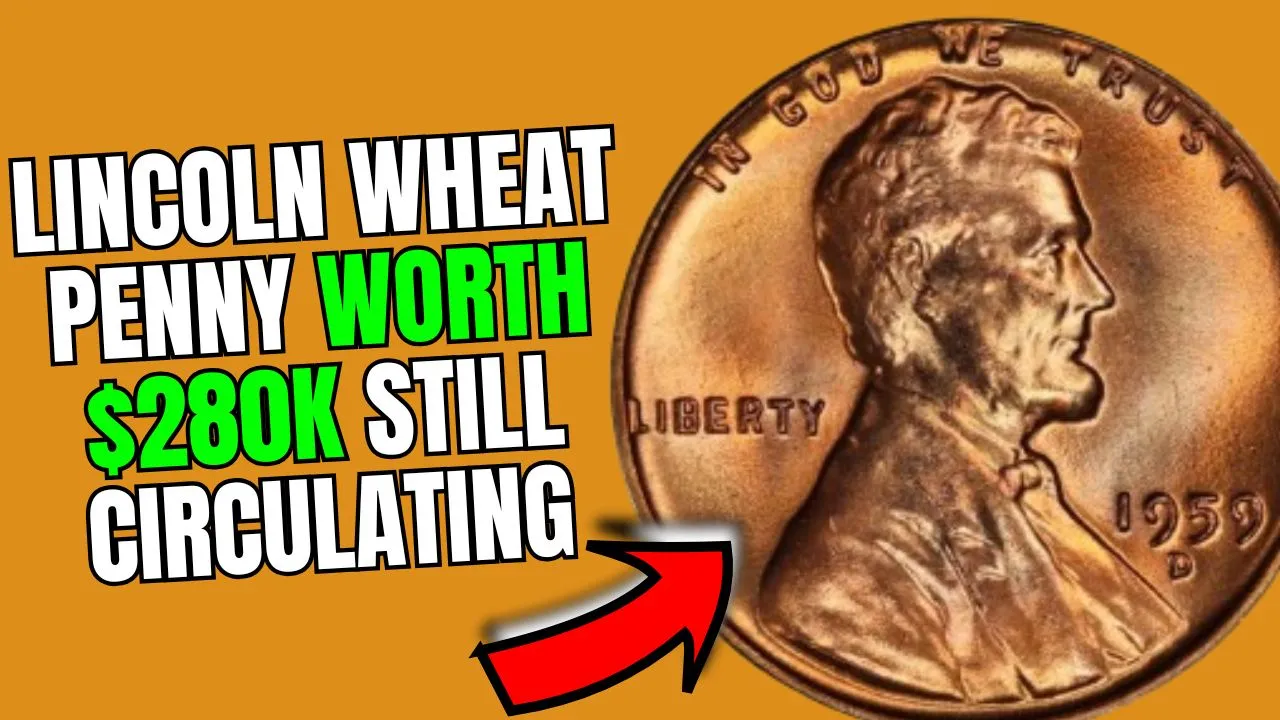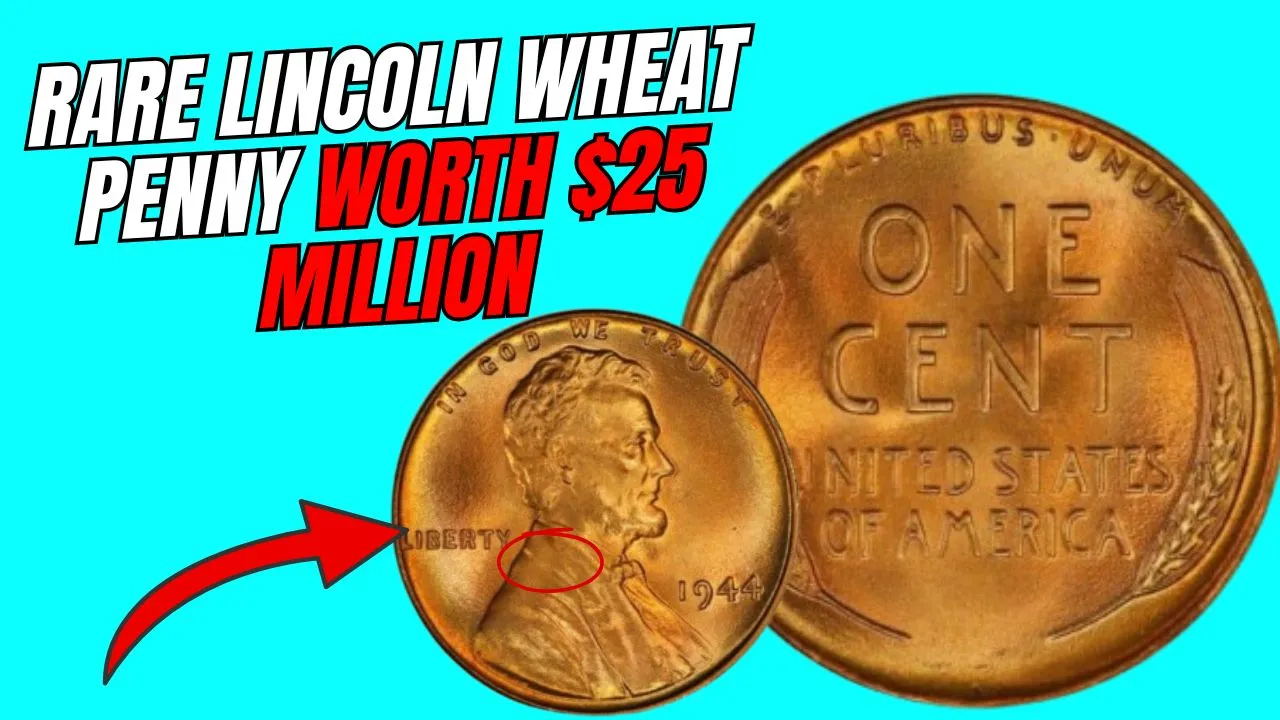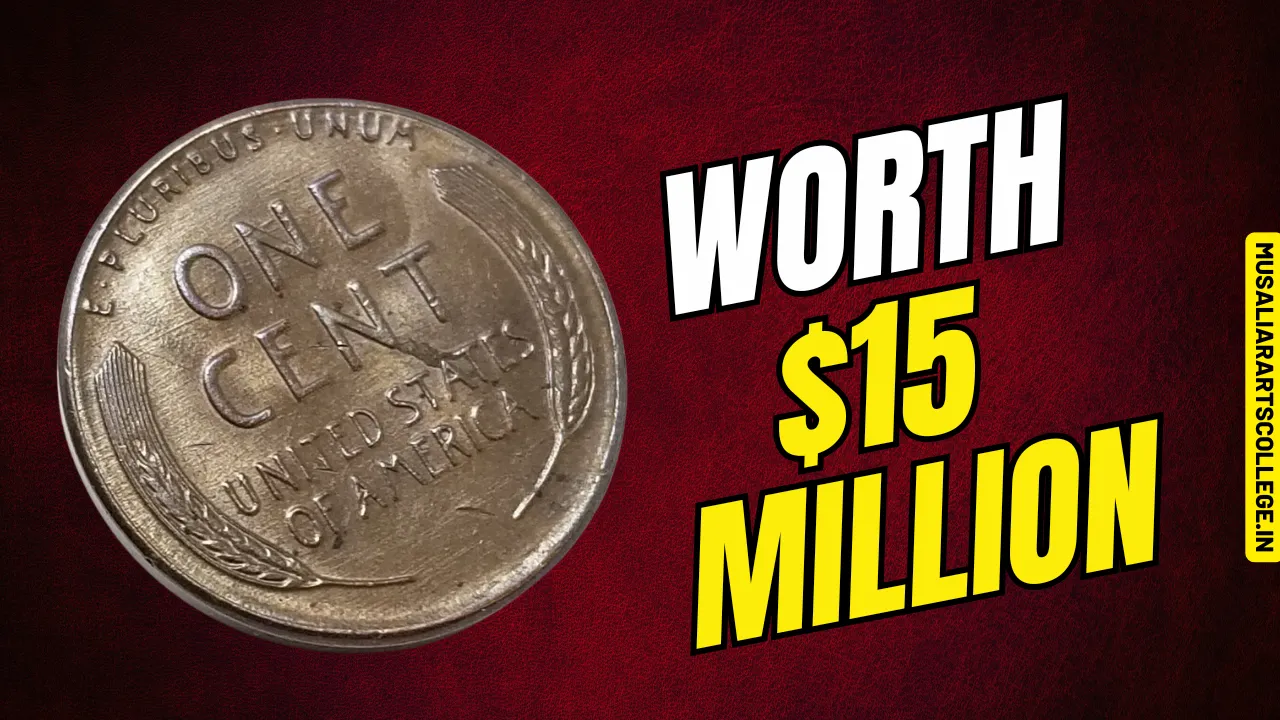Lincoln Wheat Penny: The Lincoln Wheat Penny is not just another coin; it’s a historical artifact cherished by collectors and enthusiasts alike. First minted in the early 20th century, this humble penny carries more than just monetary value—it tells a story of American history and innovation. While most Lincoln Wheat Pennies are worth a modest sum, one specific version, valued at an astonishing $900,000, has captivated the numismatic community.
This article dives into the fascinating story of the Lincoln Wheat Penny, exploring its origins, the factors that make certain versions exceptionally valuable, and how you can identify if you’re holding a potential treasure in your pocket change.
Key Information About the Lincoln Wheat Penny
| Feature | Details |
| Minting Period | 1909–1958 |
| Designer | Victor David Brenner (VDB) |
| Unique Characteristics | Features Abraham Lincoln on the front, wheat stalks on the back |
| Rarest Variant | A minting error coin valued at $900,000 |
| Value Factors | Rarity, condition, historical significance, and minting errors |
The History of the Lincoln Wheat Penny
The Lincoln Wheat Penny, also called the Wheat Cent, was introduced in 1909 to commemorate the 100th birthday of Abraham Lincoln. This coin was groundbreaking for being the first in U.S. history to feature a president’s portrait. Designed by sculptor Victor David Brenner, the obverse showcases a detailed portrait of Lincoln, while the reverse features two wheat stalks symbolizing prosperity.
This design represented a shift from the traditional symbols on coins, such as Liberty heads or eagles, to something deeply personal and relatable to Americans. Minted until 1958, the Lincoln Wheat Penny is not only a collector’s item but also a piece of American heritage.
The $900,000 Lincoln Wheat Penny
One particular Lincoln Wheat Penny has risen to legendary status, valued at an incredible $900,000. This coin stands out due to a combination of rarity, condition, and an intriguing minting error.
Why Is This Coin So Valuable?
- Rarity
This specific penny is one of the rarest ever produced. Its limited availability has made it a coveted piece among collectors. - Minting Error
Coins with minting errors are extremely rare and valuable. The $900,000 Lincoln Wheat Penny features an unusual error, such as being struck on an incorrect planchet or having doubled text or designs. These imperfections, though unintended, add immense value. - Mint Condition
This particular penny has been preserved in near-perfect condition, with no visible wear or damage. Coins in such pristine condition are referred to as being in “mint state,” and they command higher prices in the market.
Famous Lincoln Wheat Pennies
While the $900,000 version is exceptional, several other Lincoln Wheat Pennies have also gained fame for their rarity and value. Here are a few notable examples:
1. 1909-S VDB Penny
- This coin features the initials of its designer, Victor David Brenner, on the reverse.
- Only 484,000 were minted, making it one of the most sought-after Lincoln Wheat Pennies.
2. 1943 Bronze Wheat Penny
- During World War II, copper was reserved for military use, so most pennies in 1943 were made from steel.
- A few were mistakenly struck on leftover bronze planchets, creating one of the rarest coins in U.S. history.
3. 1955 Doubled Die Penny
- This error coin features a doubled image on the obverse, where text and numbers appear blurry or duplicated.
- Its striking appearance and rarity make it highly desirable among collectors.
How to Identify a Valuable Lincoln Wheat Penny
If you’ve got a Lincoln Wheat Penny lying around, it’s worth taking a closer look. Here are some steps to identify whether your coin could be valuable:
- Examine the Date and Mint Mark
- Check for key years such as 1909, 1943, or 1955. Mint marks like “S” (San Francisco) or “D” (Denver) can also indicate rarity.
- Look for Minting Errors
- Inspect the coin for unusual features like double strikes, off-center designs, or incorrect materials.
- Assess the Condition
- Coins in mint state (no wear and tear) are more valuable than circulated ones with visible damage.
- Seek Professional Grading
- Have your coin evaluated by a grading service like PCGS or NGC. Their certification adds credibility and can significantly boost its value.
Tips for Preserving Your Coins
Maintaining the condition of your Lincoln Wheat Pennies is essential if you want to retain or increase their value. Follow these tips to ensure proper preservation:
- Store in Protective Holders
Use coin holders, albums, or capsules to prevent scratches and exposure to the elements. - Avoid Handling Directly
Always handle coins by their edges to avoid transferring oils or dirt from your fingers. - Keep Away from Humidity
Moisture can cause tarnishing or corrosion, so store your coins in a dry, temperature-controlled environment.
FAQs About the Lincoln Wheat Penny
What is the Lincoln Wheat Penny?
The Lincoln Wheat Penny is a U.S. coin minted from 1909 to 1958, featuring Abraham Lincoln on the front and wheat stalks on the back.
Why is the $900,000 Lincoln Wheat Penny so valuable?
Its value stems from its rarity, a unique minting error, and its mint condition.
How can I tell if my Lincoln Wheat Penny is rare?
Look for specific dates, mint marks, and minting errors, or have it professionally graded for an accurate assessment.
Are all Lincoln Wheat Pennies valuable?
No, most are worth only a few cents to a few dollars, but rare versions can fetch hundreds of thousands of dollars.
How should I store my valuable coins?
Use protective cases, handle them minimally, and store them in a dry environment to preserve their condition.
Final Thoughts
The Lincoln Wheat Penny isn’t just a coin; it’s a piece of American history with a legacy of art, innovation, and nostalgia. While most of these pennies may seem ordinary, rare variants like the $900,000 version remind us that treasures can be hidden in plain sight.
So, the next time you check your pocket change, take a moment to inspect those pennies—you never know when you might stumble upon a valuable piece of history. If you enjoyed this article, feel free to share it with fellow coin enthusiasts or drop a comment below with your favorite coin-collecting story!
